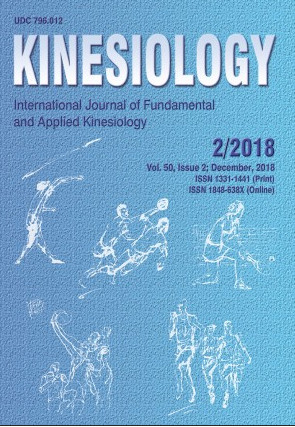Kicking ability in soccer has been evaluated predominantly by the maximum ball velocity. The kicking deficit (KD) may be defined as the percentage of the difference between the maximum ball velocity each player achieved by the non-preferred leg kick in relation to the preferred leg kick. This study aimed to compare: side-to-side kicking velocity, vertical jumps and anthropometrics between the younger (G-14) and older (G+14) than 14 years soccer players. An additional aim was to investigate associations among these variables. Participants were 92 young elite soccer players from the development programme of a top Spanish division club. They were divided into two age groups according to their growth and motor development stages (10.80-13.55 years, n=46; 14.02-16.39 years, n=46). Student’s t-test showed that the maximum kicking velocity with the preferred and non-preferred leg, jumping performance, and all anthropometric measurements were significantly (p<.01) higher in G+14 compared with G-14. In contrast, KD values remained stable (15.31%- 15.83%) without significant differences between the groups. Pearson’s correlation analysis revealed that vertical jump tests and anthropometric measurements correlated with kicking ball velocity produced by the preferred and non-preferred leg. Our results demonstrate that kicking skills are still not consolidated and power factors may be determinant for kicking performance in young soccer players. In addition, the KD may be a constant element for both the under and above 14 years soccer players and could result from an unequal and greater use of the preferred leg in comparison with the non-preferred leg.
Sažetak

 Kinesiology : 50,2(2018) / editor-in-chief Dragan Milanović.
Kinesiology : 50,2(2018) / editor-in-chief Dragan Milanović.